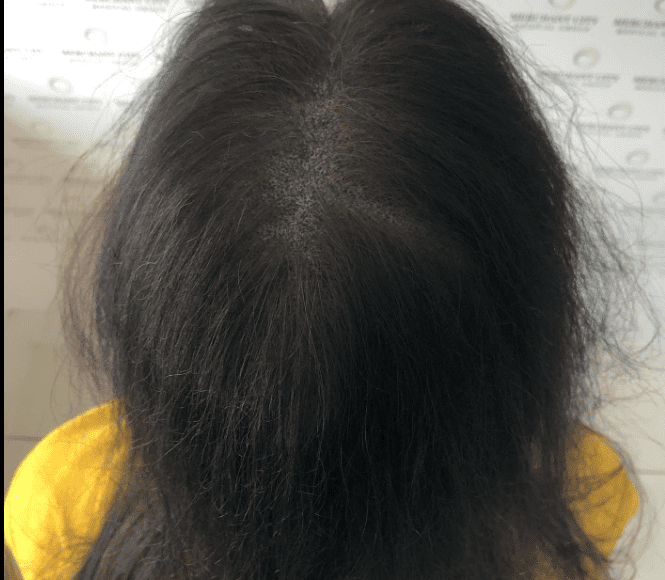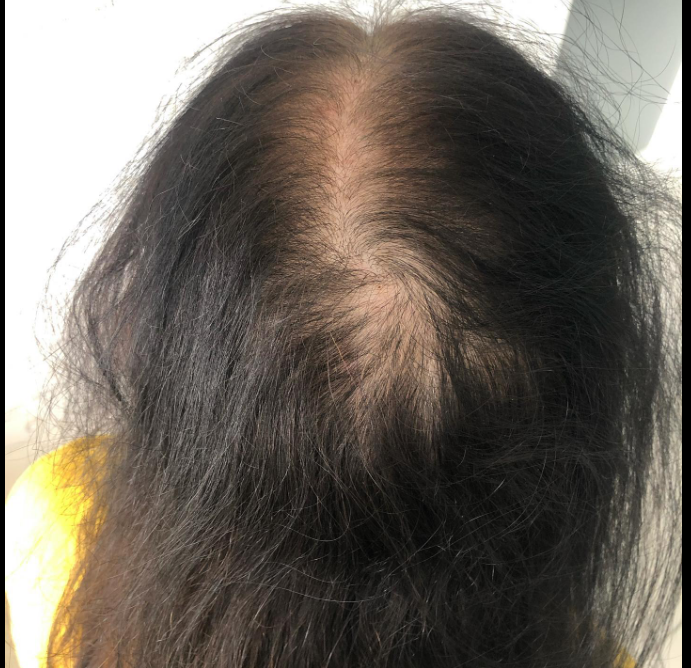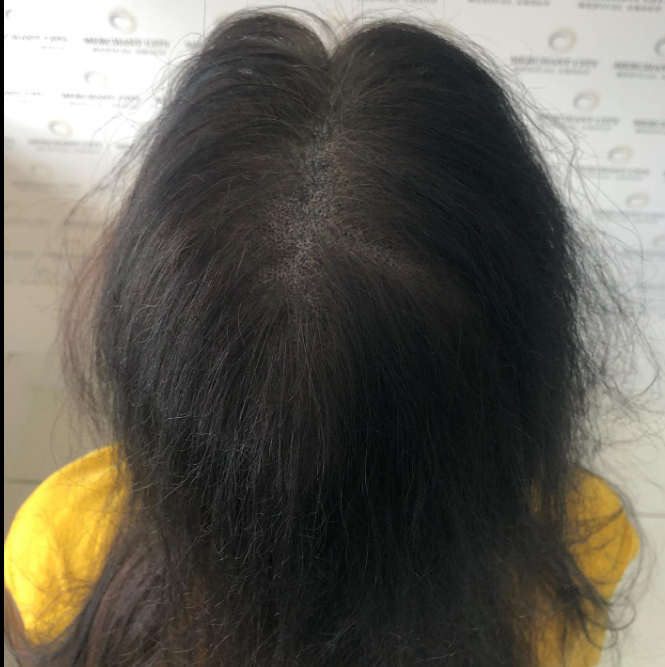
Can Females Undergo A Hair Transplant


In recent years, hair transplantation has become an increasingly popular solution for men and women dealing with hair loss. While male pattern baldness has traditionally been the primary focus, the question of whether females can undergo a hair transplant has gained prominence. As societal attitudes shift and awareness grows, more women are exploring this option to address various hair thinning and loss forms.
Fact: A lady typically loses 50–100 hairs every day. Given that it can impact women’s self-esteem and quality of life, hair transplantation for women has emerged as a long-term remedy for the issue.
In this discussion, we will delve into the questions that most women ask before considering a hair transplant.
Let’s dive right in.
What Causes Hair Loss in Women?
Females typically encounter hair thinning in a distinct manner from males. While male pattern baldness is well-known for causing hair loss at the top and front of the head, women experience a variant known as female pattern hair loss. This condition, akin to male pattern baldness or androgenic alopecia, often manifests in women through a widening hair part and more diffuse hair loss across the head. Unlike men, women usually don’t progress to complete baldness.
Although hair loss can commence in the teenage years, hormonal shifts often make it more noticeable post-menopause. Hormonal changes can shrink hair follicles, leading to progressively thinner hair growth until follicles cease producing hair. Other medical issues, such as iron deficiency or thyroid disorders, may need consideration as potential causes.
How is the Hair Transplant Process for Women?
Men and women undergo hair transplant procedures that are comparable to each other. After consulting with your physician, choose a donor location with healthy hair follicles before the treatment. Women do not necessarily need to shave their entire heads, unlike men. Instead, a tiny portion of the donor region is typically shaved, which may be readily covered with the remaining hair to allow the patient to continue their regular activities. Depending on how much hair has fallen out, a female hair transplant may be done on the frontal or top part of the head. Patients with wide foreheads are usually better off having a frontal female hair transplant to decrease their hairline.
Which Women Qualify for a Hair Transplant?
A woman’s eligibility for a hair transplant depends mainly on the density and health of available donor hair follicles in the donor area, mostly at the back of the head. The patient’s general health should also be good, and there shouldn’t be any anesthesia-related side effects. In addition to these ailments, women who have experienced burn injuries or other serious damage, as well as those who have lost hair as a result of hormone imbalances, are candidates for hair transplantation.
Can African American Women Have a Hair Transplant Procedure?
Black women may have many forms of hair loss in addition to other common causes. Traction alopecia is a known form of hair loss that black women are more likely to have. It can be brought on by damage from hair relaxers or the long-term use of tight hairstyles like braids, dreadlocks, or weaves. Thinner hair and a wider hairline are two symptoms of traction alopecia. With advancements in hair transplant technologies, afro-textured female hair transplantation has gained popularity due to these factors.
Does a Female Hair Transplant Last?
The question of how long you may enjoy your newly better hair may be on your mind if you consider a female hair transplant. It makes sense that if you regain the appearance of healthy hair, you wouldn’t want to return. The good news is that the effects of a female hair transplant procedure are long-lasting, making it an excellent long-term option for increasing hair density. In light of this, you can enjoy your new hair forever. The transplanted hair will remain in place, but it’s important to remember that you may continue to lose hair outside of or near the transplant site.
Hair Transplant Cost in Ballymena, Northern Ireland
When contemplating a hair transplant and residing in Northern Ireland and its surroundings, the financial aspect may become a pivotal factor in decision-making. Obtaining an accurate estimate for the cost of your hair transplant and determining whether the treatment aligns with your investment goals can pose challenges.
In this context, we aim to demystify the expenses, enabling you to plan your hair transplant treatment effectively.
In Northern Ireland, the price of a hair transplant typically falls within the £3000 to £8500 range.
The expenses for a 2000-graft procedure can vary between £3000 and £7000. Opting for a two-day procedure involving 4000+ grafts will incur costs ranging from £6000 to £8500. It’s important to emphasize the considerable variation in costs.
Need Help with Hair Transplant Costs? Explore Finance Options
Merchant City Medical Group clinics provide cost-effective hair transplant financing with Chrysalis, our partnering finance provider.
You can choose from various plans, including 0% interest-free options for 6, 9, 12, and 24 months.
Additionally, we offer extended-term options, allowing you to spread the cost over up to 60 months.
Our diverse financing choices empower clients to undergo the desired procedure without delay.
What is a Hair Transplant Procedure Cost at Merchant City Medical Group in Northern Ireland?
Our clinic does not use contracted doctors or hair technicians, nor is it a franchise. Our commitment to providing top-notch service and outcomes is evident in our locations in Aberdeen, Ballymena, Glasgow, Manchester, and London.
A hair transplant costs less than £2.5 per graft at our clinic. Since there are no middlemen fees, our pricing is extremely competitive.
Contact us now or complete our online assessment form to receive a quote immediately for additional information, especially if you live in Belfast, Dublin, London, Glasgow, or anywhere else.

